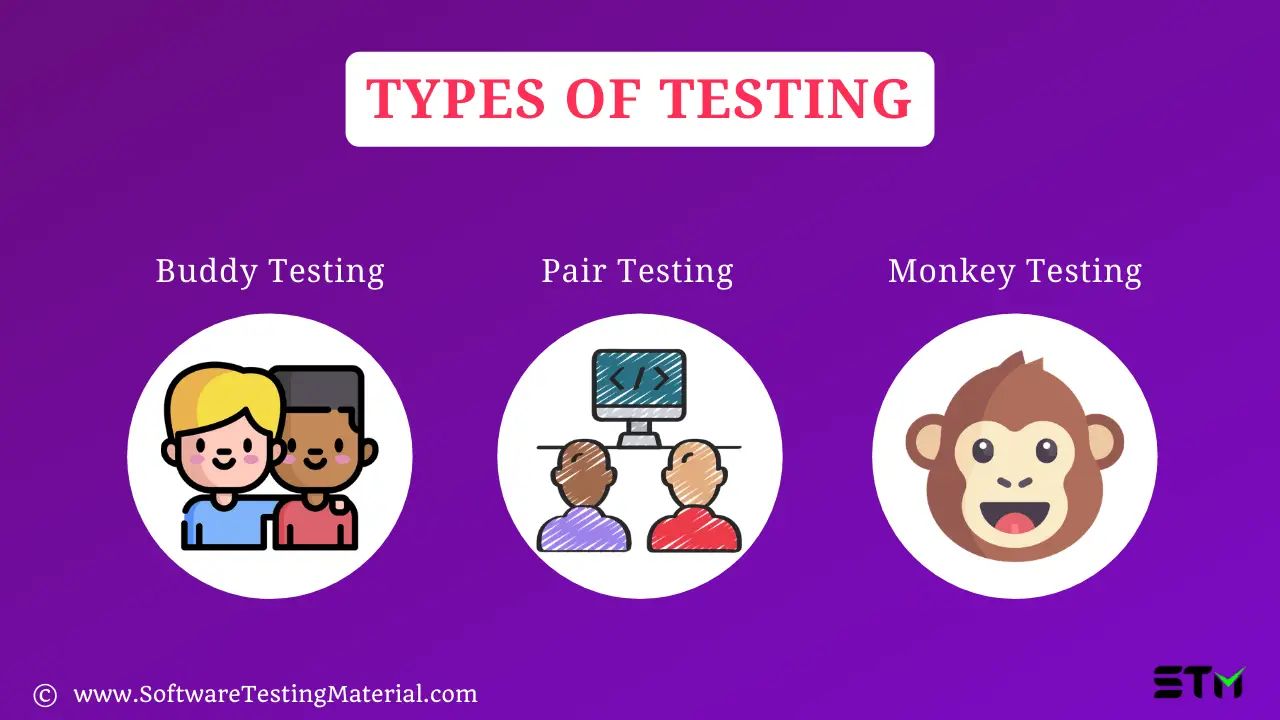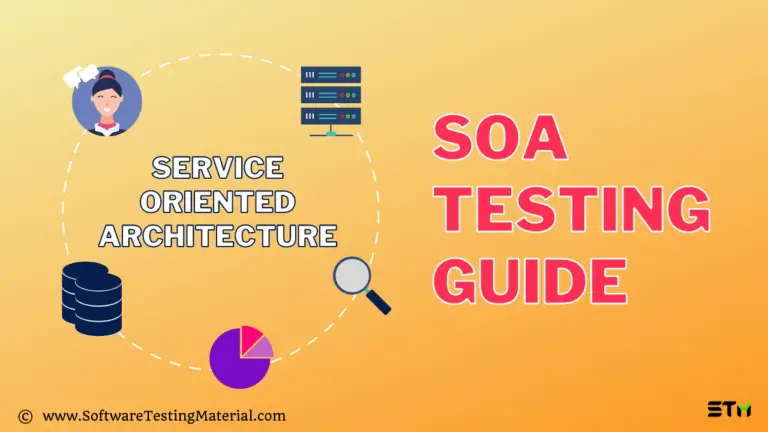Adhoc Testing Guide | What You Should Know

In this article in Software Testing Tutorial, we will learn What is Ad hoc Testing, Examples of Adhoc Testing, How To Perform it, and the following.
What is Ad hoc Testing
Adhoc testing is a type of unplanned testing which does not follow any formal process like requirement documents, test plan, test cases, etc.
It is a black-box testing method that focuses on both logical and illogical scenarios randomly. Ad Hoc testing uncovers bugs that we wouldn’t have found when we followed the formal process.
Testers should have a good understanding of the product because Adhoc testing completely depends on improvisation and intuition.
It is usually done after the formal testing, this helps in finding the loopholes in the application.
It is an unstructured type of software testing.
Example of Adhoc Testing
Scenario 1: Different Browser Setting
We can tweak the browser settings and check how the application responds or renders.
Let’s say we have a working web application, we can disable javascript in another browser and test the application there.
Scenario 2: Cross-platform Compatibility
Usually, a formal testing procedure focuses on testing an application where it receives most of its traffic.
In Adhoc, we can test the application in different platforms and devices which are usually not covered in the test cases.
Scenario 3: Validity Verification
Test case designs focus on boundary value analysis and equivalence partitioning for validation of an application.
In Adhoc testing, we can throw a bunch of valid/invalid input to check how the system reacts to such data and how it handles the error.
We can provide invalid inputs to the application and check whether the application responds appropriately or not.
Importance of Ad Hoc Test
- Ad-hoc testing can find loopholes in the test strategy.
- It can improve the quality of the testing process at less cost.
- It helps testers to improve testing processes and scripted methods.
- It finds defects quickly using outside-of-the-box testing.
Types of Adhoc Testing

Even though Ad hoc testing is an unstructured type of testing we must follow certain conditions to get the best results.
Buddy Testing:
In this type of testing, at least two teammates execute the test, ideally, a developer and a tester will be testing the same module.
It usually takes place after unit testing. This helps the developer understand the testing process which in turn makes better code and it also helps the tester to avoid wasting time on reporting invalid bugs.
Pair Testing:
In this type of testing, two testers work together where one executes the test cases and the other documents.
They share ideas, opinions, and knowledge over the same product to identify errors and defects from different perspectives based on knowledge and expertise level.
Monkey Testing:
In this type of testing, a single tester performs the testing randomly intending to break the system.
It is purely based on the creativity of the tester to provide by random inputs, the output is observed.
The objective here is to find all the bugs and inconsistencies with the planned behavior.
How to perform Adhoc Testing More Effective
- Research: Having a defect analysis of a similar application can increase the likelihood of finding such bugs in the application at hand. Such preparation can save a lot of time and help testers to focus on the weak areas rather than wasting time testing randomly.
- Outline: Even though there is no detailed test plan involved, having a basic outline on ‘where to start?’ and ‘what are we looking for?’ can help the team understand what the testing team should do.
- Sessions: The testing team can verify several features but they can’t do it all at once. Thus sessions can help the team to concentrate and understand the problems better.
- Focus on unexplored areas: Areas that are not covered in the test cases can tremendously help in reducing redundant scenarios and help cover undiscovered areas of the application.
- Additional tools: Tools such as debuggers, profilers, and monitoring applications can help the team to uncover more bugs.
- Document findings: Keeping a record of these findings can help both developers and testers to understand what is working well, and what isn’t.
When we perform Adhoc testing
Ad hoc testing can be really versatile, it can be done at any phase of the SDLC, it applies from unit testing to system testing and it can be done by testers, developers or any other team members i.e anyone with good knowledge about the product can perform Adhoc testing.
- It is done only when the product is stable.
- It is usually done after formal testing is completed.
- It is performed when the testing time doesn’t have much time to do exhaustive testing.
- It is performed when the team doesn’t have any task in hand, i.e during their free time or system downtime.
- Sometimes testers note down scenarios during formal testing that might have an issue and verify them when they have time, this will also be part of Adhoc testing.
As Adhoc testing can be done anywhere, anytime by anyone, it is important to know when it is not applicable.
- It should not be a part of beta testing.
- It should not be done where documentation is necessary.
- It should not be performed in test cases that already have errors in them i.e areas where the system is already failing
Adhoc testing best practices
- Testers with good expertise and in-depth knowledge about the product can make a huge difference in how the Ad Hoc test cases are executed.
- Focusing on areas that are not covered in test cases can help uncover underlying issues that would have never been found.
- Testers should focus on the most important features used by the end-user.
- Proper timelines should be put in place for effective utilization of the time.
- Categorizing and prioritizing the different areas of the application before testing can make the process more efficient.
- Even though it is an informal testing type, documentation of observations will help the testers to reproduce those scenarios and to find the core of the issue.
- The efficiency of the testing can be increased by using the right set of tools
Skills required to do Adhoc testing:
- Testers should have deep knowledge of the product.
- Testers should possess real-time experience in the application
- The team should focus on prioritizing critical features.
- Rough planning to provide a direction for the testing process.
- Ability to document observations and recording defects.
- Testers should think out of the box scenarios.
Adhoc testing vs Exploratory testing
| Adhoc Testing | Exploratory Testing |
|---|---|
| It begins with learning the application first and then carrying out the actual testing process. | It begins with testing the application first and then understanding it through exploration. |
| It is an independent testing type. | It is a type of Adhoc testing. |
| It doesn’t require any sort of documentation. | It is mandatory to have documentation on the details of testing. |
| Testers with in-depth knowledge about the application can perform Adhoc testing. | It is not necessary to have an expert to explore the application. |
| Testing starts after all the data is collected to perform the testing. | In exploration testing, the data collection and testing happen simultaneously. |
| It works for negative testing scenarios. | It mainly goes with positive scenarios. |
| It focuses on enhancing the testing process. | It focuses on learning the application |
| It depends on the tester's creativity and intuition. | It depends on the tester's curiosity and perception. |
| There is no time limit in Ad hoc testing. | It is a time-boxed method. |
Advantages of Adhoc Testing
- Adhoc testing can be done at any phase of SDLC, any time anywhere testing can be done to uncover issues
- Even the developer can work on Ad hoc testing, it is not just limited to the testing team
- As it doesn’t follow a structured process, the tester can directly start finding bugs rather than focusing on documentation and other processes.
- It helps in finding out unexplored areas in the test cases, this improves the immunity of the product.
- It saves a lot of time as it doesn’t require detailed test planning, document, test case designs
Disadvantages of Adhoc Testing
- Without any test cases and documents, it might be difficult to reproduce the issue.
- Testers should have good in-depth knowledge and understanding about the product, a new tester can’t do it.
- There is no guarantee that an error would be found.
- Testers may not be able to recollect the exact scenarios in the future as they are not documented.
- Testers might not be aware of repeating the same scenarios.
- It can be time-consuming as the amount of time, effort, and resources for Adhoc testing can be unspecified.
- Requirements cannot be tracked using the traceability matrix or any such documents, so there’s no way to know the exact coverage.
Conclusion
Adhoc testing can help improve the test suite by expanding the test coverage and the repeated problematic areas are converted into test cases. It gives the tester more freedom to test the product without worrying about the documentation and test-case designs. It will be a fun activity for the testing team as Adhoc testing depends on the creativity and understanding of the tester of the product.
Related posts:
- Functional Testing
- Non-functional Testing
- Unit Testing
- Integration Testing
- System Testing
- Regression Testing
- White Box Testing
- Black Box Testing
- Accessibility Testing






